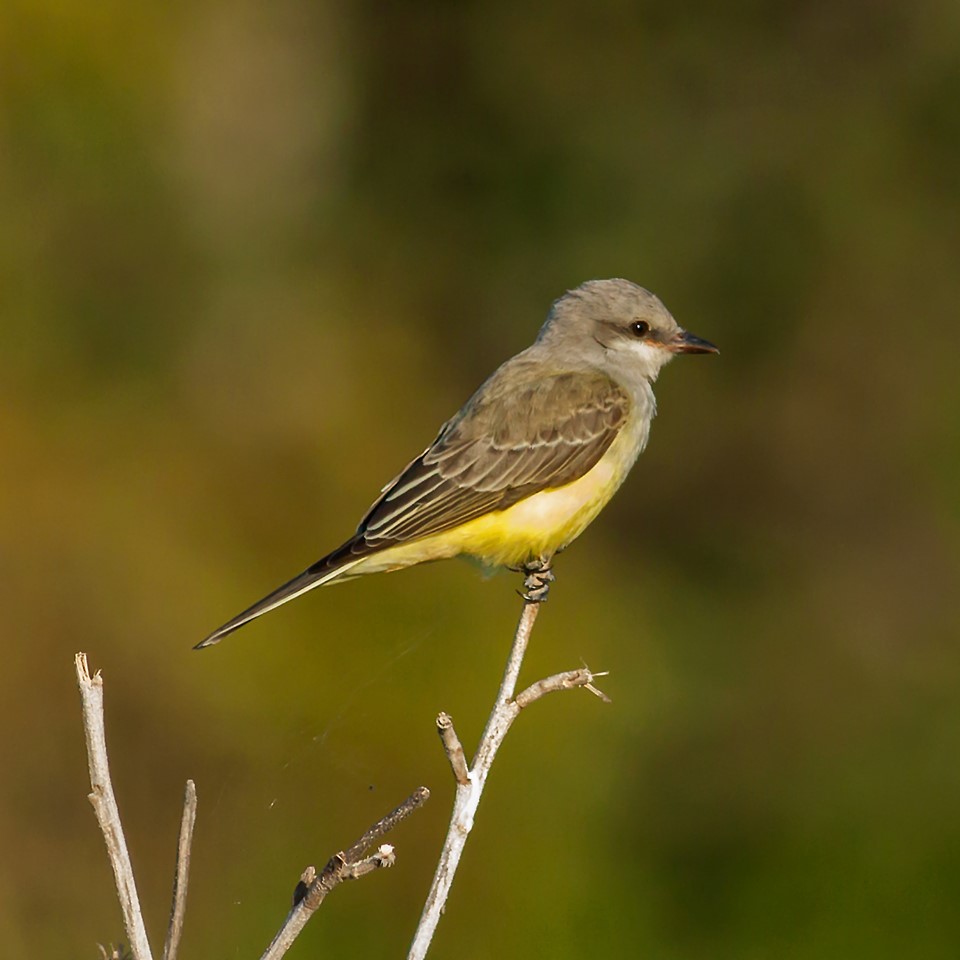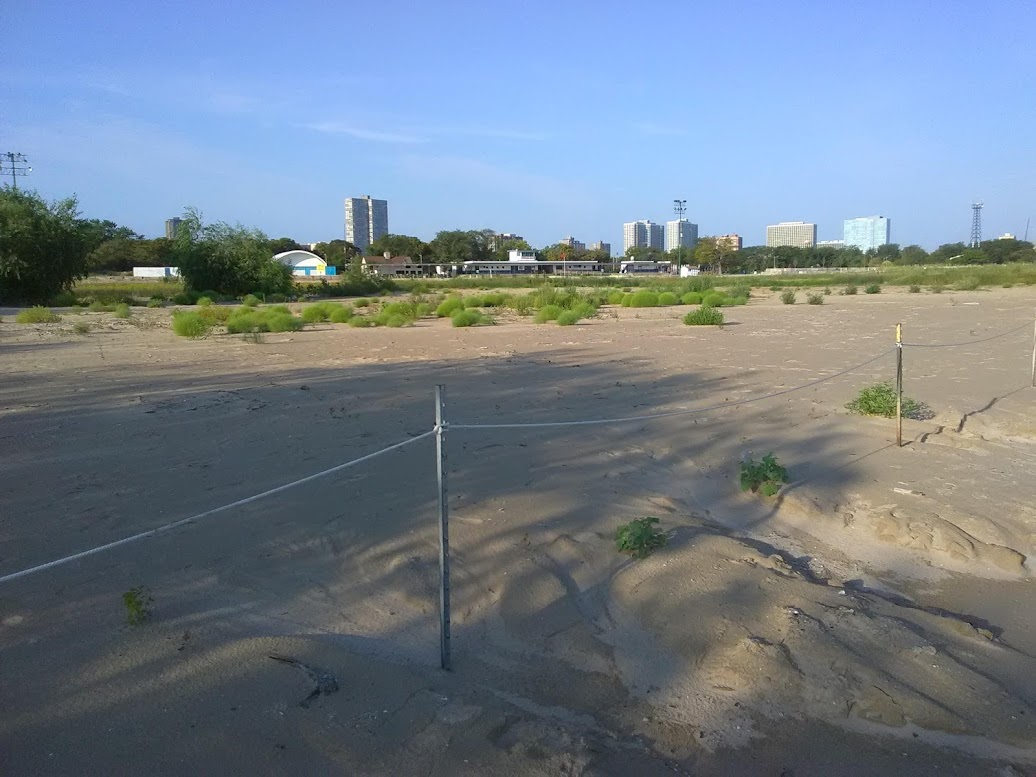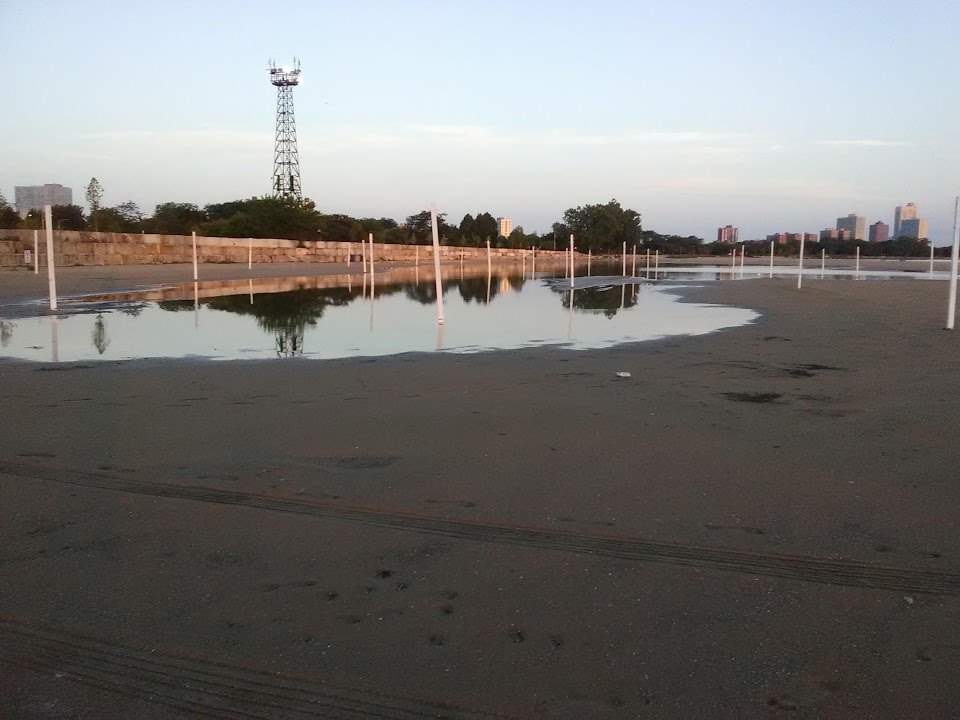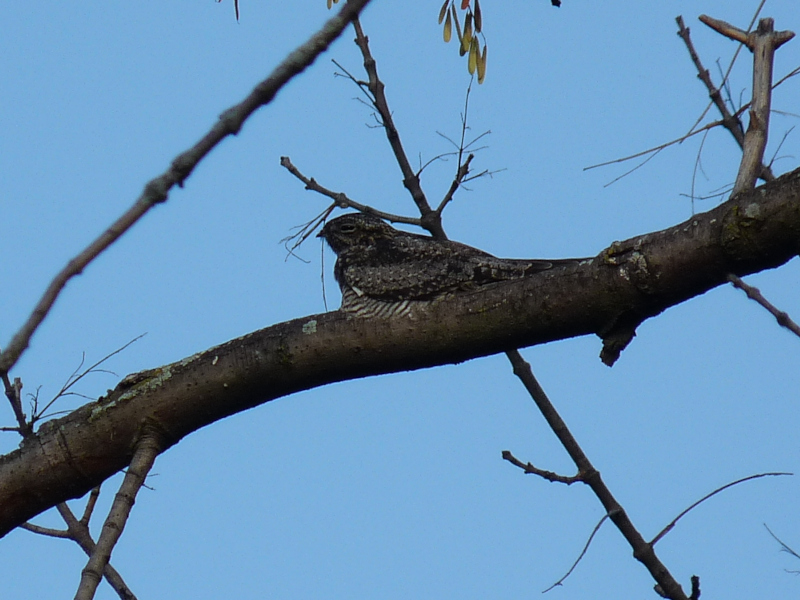
Western Kingbird. Photo by M. Ferguson. (click to see the larger version)
We’re always trying to guess what the next new bird for Montrose will be. It’s a fun game to play, though we’re usually wrong with our predictions. Montrose has an impressive 15 species of flycatchers to its credit, including several rare and uncommon species – Western Kingbird (regular), Cassin’s Kingbird (first state record), Say’s Phoebe (several records), and Scissor-tailed Flycatcher (several records). Montrose is clearly an excellent place for Tyrannids, and there are several excellent candidates we should be thinking about as fall approaches. These potentials include
- Gray Kingbird (many extralimital records in the Eastern United States, including three for Illinois)
- Tropical Kingbird (many extralimital records in the Eastern United States, including one for Illinois)
- Fork-tailed Flycatcher (well established pattern of vagrancy in the eastern United States, with several records for Illinois)
- Vermillion Flycatcher (multiple records for Illinois, including one from Lincoln Park)
These are the most likely Tyrannids to show up, but there are a few less likely, though possible species like Variegated Flycatcher (a handful of eastern US records), Sulphur-bellied Flycatcher (a few eastern North American records), Thick-billed Kingbird (a few eastern North American records), and Hammond’s Flycatcher (multiple eastern North American records).
The best way to prepare for vagrants is to keep an open mind about what’s possible and to brush up on field marks for these birds.





